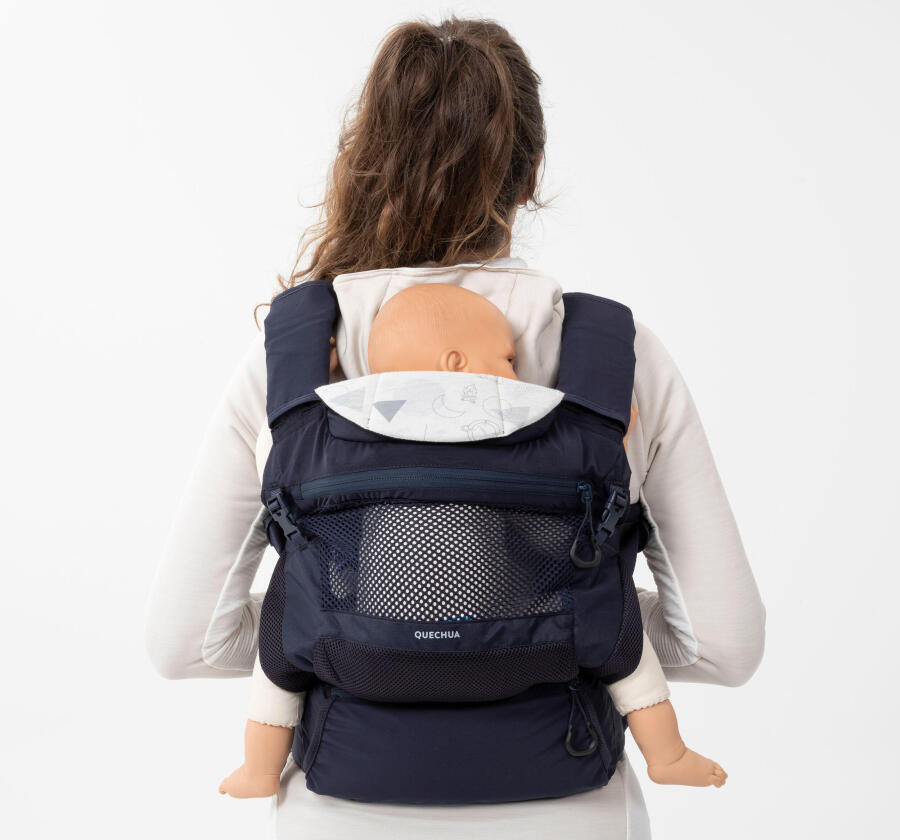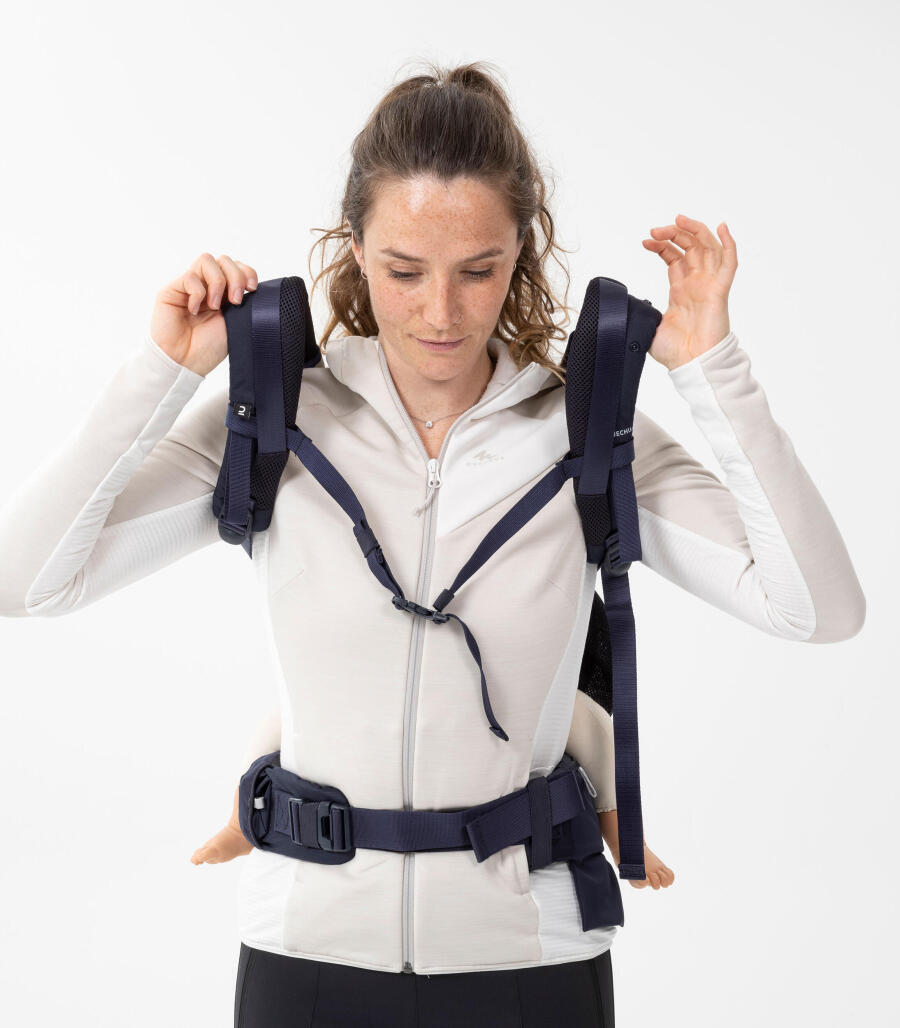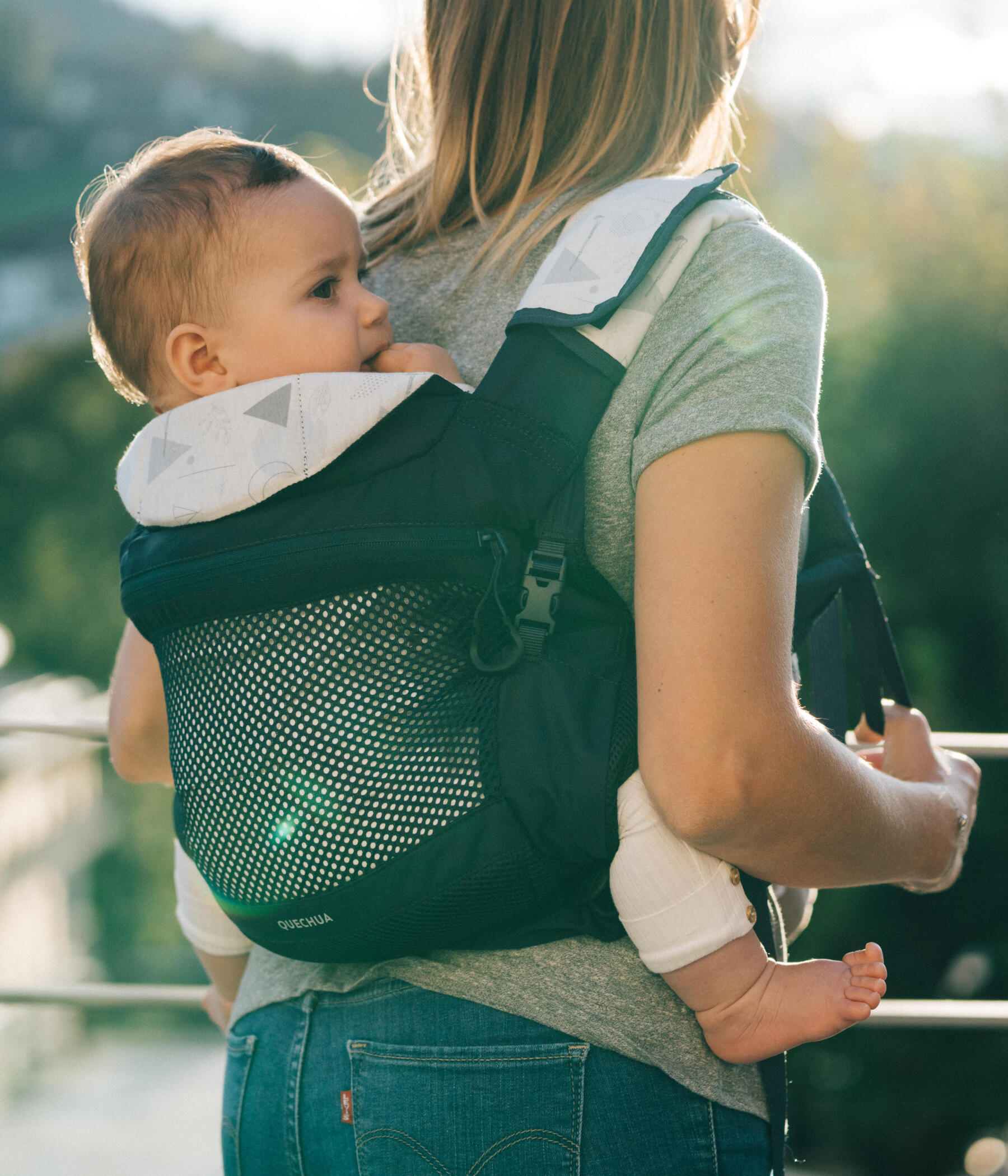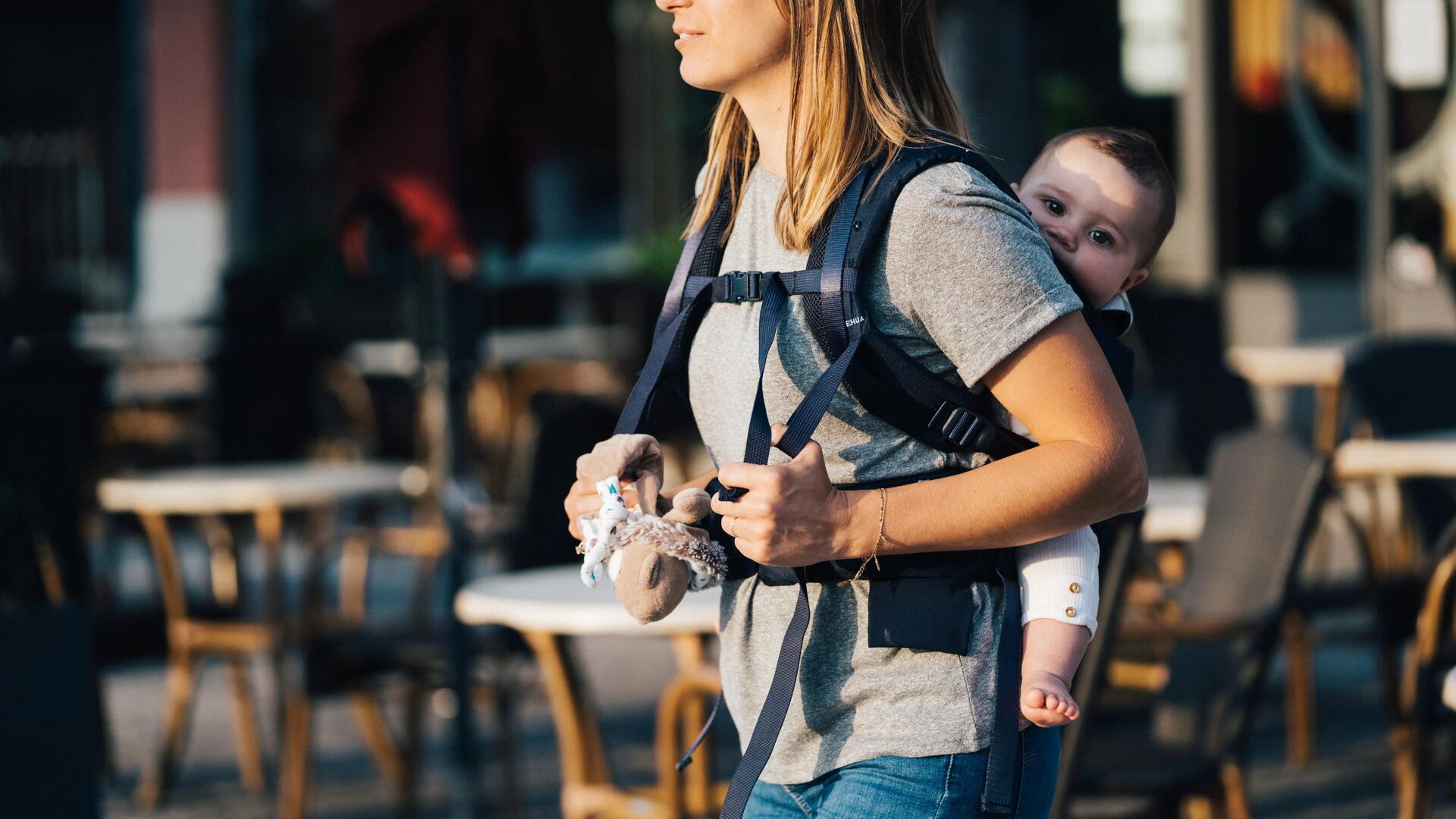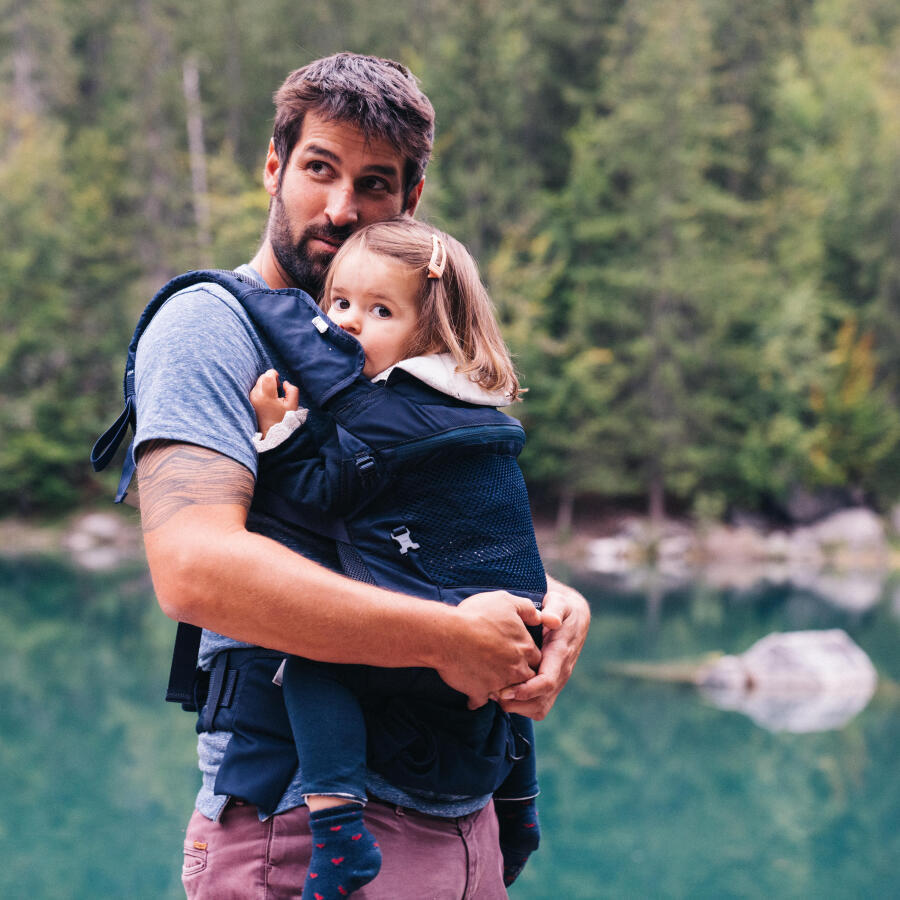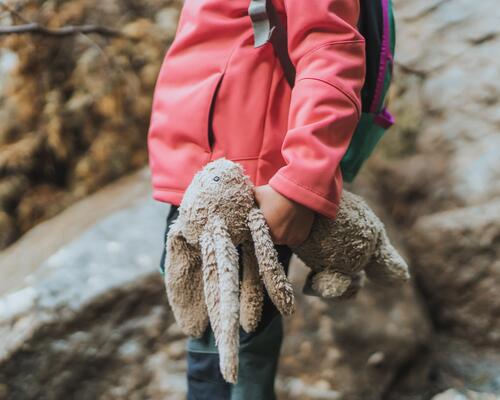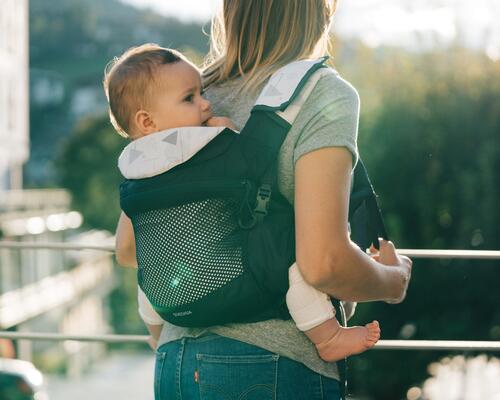Which type of baby carrier do you choose for your child?
Sling carrier, traditional or physiological baby carrier, it's easy to get lost...
The baby carrier is a way of carrying that has many benefits.
it allows the carrier to gain proximity, to soothe and to bring comfort and safety to the child while freeing hands to do several things at the same time. Depending on the model, it will last for several months or years for everyday use or even when hiking!
Its all-purpose format makes it very fashionable.
It is a useful accessory both at home and outside and for regular or occasional use.
Are you hesitating between the baby carrier or sling carrier?
Have you heard about physiological carrying or even the ergonomic baby carrier?
We give you our tips for choosing the best baby carrier.

